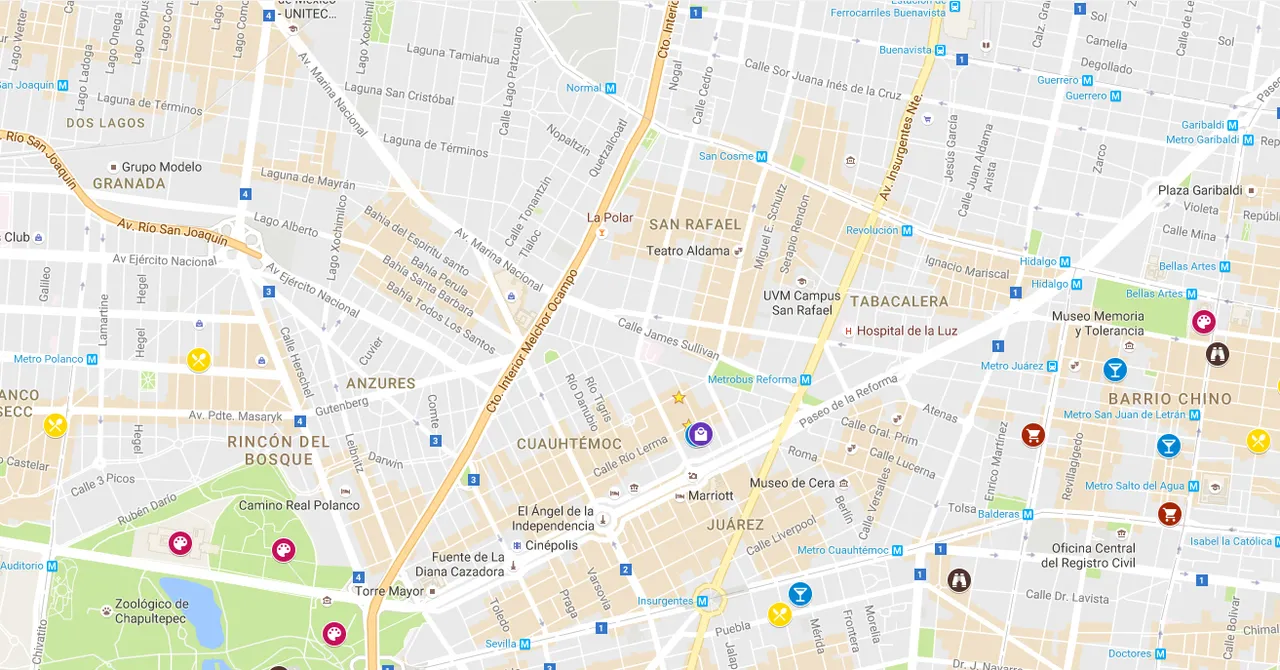Millions of us all over the world rely on Google Maps to find our way to everywhere from the latest new hot spot to out of town businesses. In the next year, Google plans to roll out a series of new features, with many of these features benefiting local businesses. These are a few of the newest Google Map features brands can expect.
Improved Navigation
In an improved navigation update, Google aims to reduce hard braking. By continually reviewing available routes to certain destinations, Google Maps will provide drivers with directions that are least likely to lead to hard braking, which is defined as reducing speed by 8 to 10 mph in one second.
This feature uses machine learning to evaluate a series of route and navigational features, such as the number of lanes, the directness of the route, and how long it takes to get to the destination using that route. Google estimates that rerouting customers to safer roads will prevent as many as 100 million occurrences of hard braking.
Improvements to navigation also benefit customers in bigger cities who may be navigating their way by foot. Using augmented reality and Live View, users can locate their destination more easily. While in map view, this new feature enables users to open Live View and see nearby points of interest. This feature is especially beneficial to users who aren’t familiar with the area in which they’re exploring.
Additionally, when users click Live View, they can also review useful details and tips about nearby businesses. Tips may include things like busyness levels, reviews, ratings, and photographs. Users can also use this feature to contribute their own reviews or photos while earning points for doing so. Because user reviews are an important part of SEO strategy, this feature can be useful in collecting customer reviews.
Detailed Street Maps
Google has added more detailed street maps, which were launched in 2021, and is continuing to expand the feature to more cities. Detailed street maps use artificial intelligence (AI) to better understand different areas, including walkways and crosswalks. AI also provides users with information related to roadblocks and stroller or wheelchair accessibility, supplying accurately scaled road and sidewalk widths. Not all areas have access to detailed street maps yet, but users can expect these maps to begin rolling out in more areas this year.
Area Busyness Feature
Google recently released its Area Busyness feature, which enables users to learn how busy a restaurant or shop is in real time. Users can also use the feature to predict how busy a destination will be in the future based on previous demands of a similar time frame. The latest update improves upon this feature by not only showing how busy a specific location is but also the area in general.
Users can view specific areas and surrounding streets or parking in neighborhoods to evaluate the size of crowds. Using this feature in combination with Google’s ability to save a list of places to visit helps users plan outings. This feature is especially beneficial for businesses, as it can help attract customers who may not be comfortable in large crowds. Brands can also use the feature to learn more about customer visit trends, implementing local SEO strategies to increase foot traffic during slower times.
Customized Maps
In an attempt to improve user experience, Google Map updates will also offer a more customized user experience. Google Maps will display destinations most relevant to the time of day and habits of the specific user. For example, users who are visiting a new area will see highlighted tourist destinations when opening Google Maps.
Users who live in an area will receive business recommendations most relevant to the time of day and location. A user who opens Google Maps around lunchtime will receive recommendations of nearby restaurants that serve lunch. Taking it a step further, users can click on a specific type of business and open up a list of related businesses.
Directory Tab Expansions
Google plans to expand its directory tab feature, which currently shows users other businesses in an area they’re planning to visit. This will include information such as store hours, ratings, and the exact location of the business within the building. The directory tab will also newly feature certain types of buildings that haven’t been available before, including airports, malls, and public transportation centers.
Grocery Shopping
As the world shifts to convenience shopping and store pickup services, Google is also expanding to offer grocery shopping within Google Maps. Google plans to allow users to place orders with local grocery stores while in the app, track their order status, and share their arrival time with the store. Within the feature, the user can also easily contact the store with questions or learn about unique pickup requirements.
Google continues to roll out new features that assist users and businesses alike. Staying on top of these changes can ensure brands are using the latest local SEO techniques to attract customers. Monitoring the accuracy of information and updating a business within Google Maps can help brands maximize their value as Google Maps makes it easier to connect customers with local businesses.


